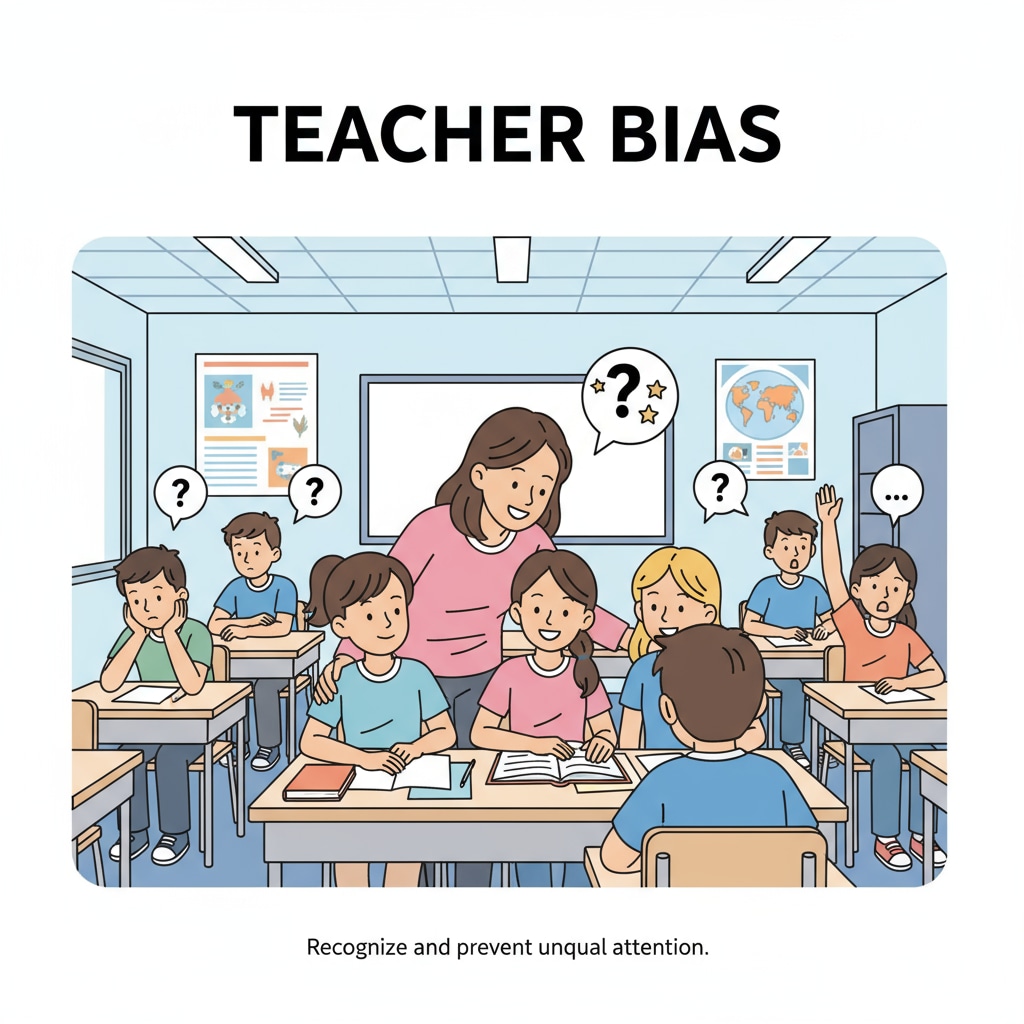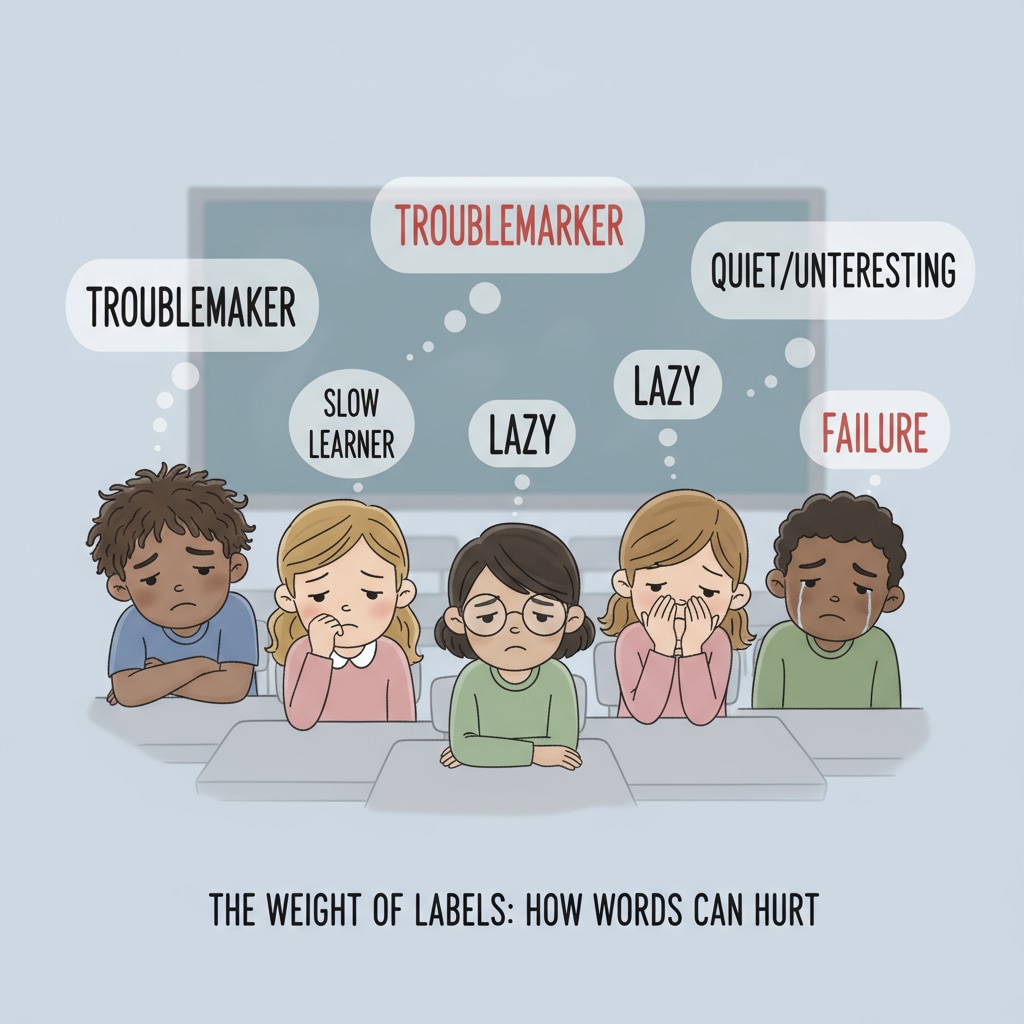In the realm of K12 education, school injustice, teacher bias, and student labeling are prevalent issues that cast a long shadow over students’ futures. These problems not only affect students’ present experiences but also have far-reaching consequences for their long-term development.

The Reality of Teacher Bias
Teacher bias can manifest in various ways. For example, some teachers may unconsciously favor students from certain backgrounds or with specific personalities. This could lead to unequal treatment in terms of attention, feedback, and opportunities. According to Educational Bias on Education.com, bias can be based on factors like race, gender, and socioeconomic status. Such bias can make students feel unvalued and undermine their confidence.
The Dangers of Student Labeling
Student labeling is another concerning aspect. When teachers assign labels such as “slow learner” or “troublemaker” to students, it can create a self-fulfilling prophecy. Once labeled, students may start to believe these negative perceptions and limit their own potential. As stated on Labeling Theory on Wikipedia, the labels can affect how students view themselves and how others interact with them.

Psychologically, these issues can lead to low self-esteem, anxiety, and depression among students. Academically, students may experience a decline in performance due to lack of motivation and support. In terms of future planning, they may be discouraged from pursuing certain paths, believing they are not capable.
Readability guidance: By understanding the problems of teacher bias and student labeling, we can take steps to address them. Teachers should be trained to recognize and overcome their biases, and schools should establish fair evaluation systems. This way, we can create an educational environment where every student has an equal chance to thrive.


